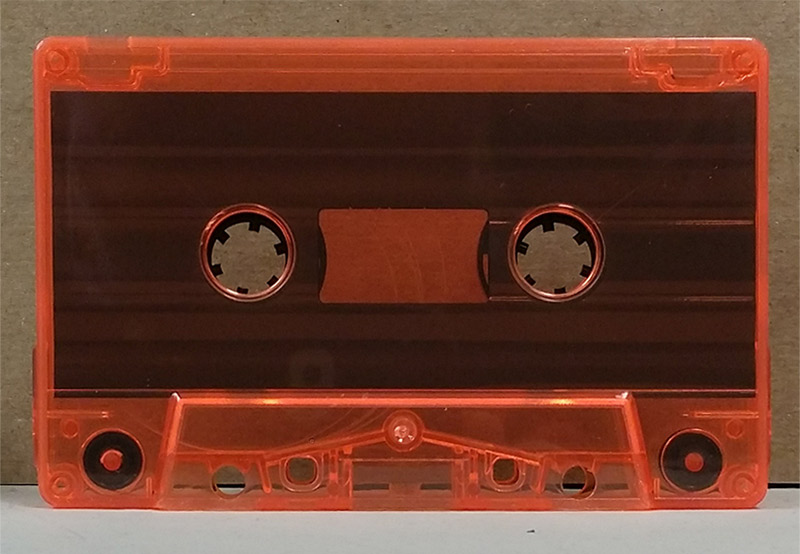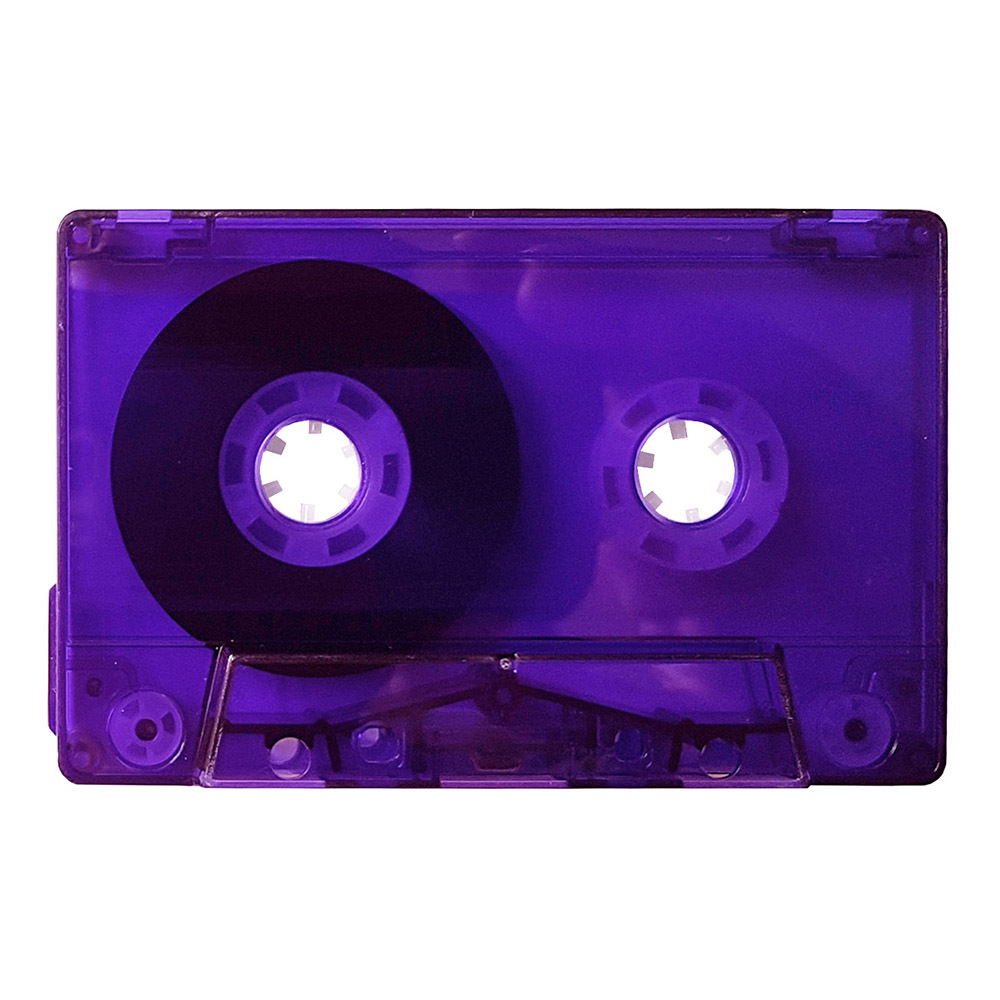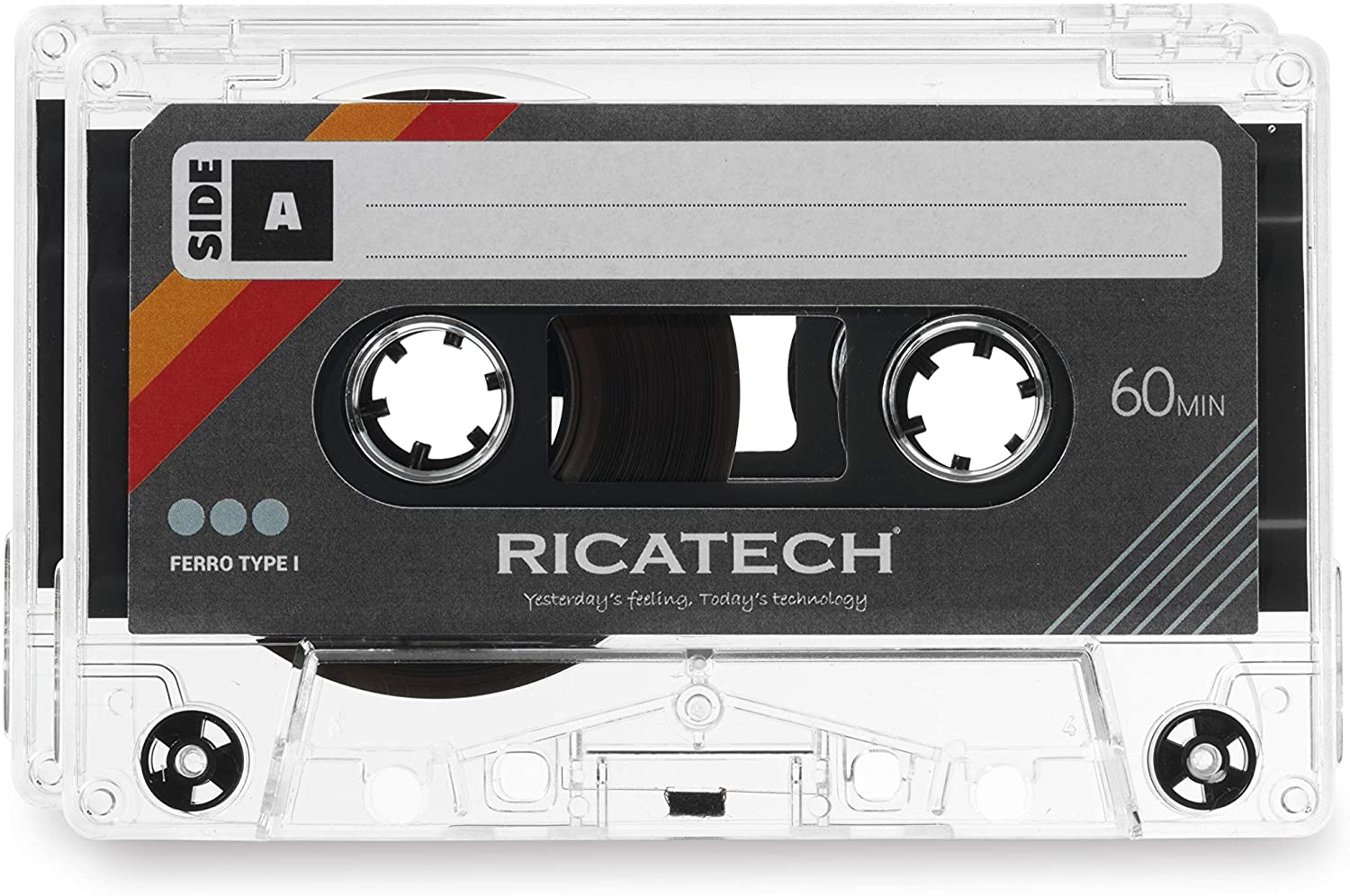



The Compact Disc, introduced in the early 1980s by Phillips and the Sony Corporation, was slowly gaining ground. LP sales went into decline, and by about 1990 few phonograph discs were being released. Audio Cassette Tapes - National Audio Company 417.863.7825 Leave a message The Great American Cassette Company Devoted to True Sound Reproduction Since 1969. The success of the cassette as both a format for making home recordings and for listening to purchased albums came together in the 1980s. Dolby noise reduction and improved forms of tape created especially for the cassette helped improved its sound quality so that it nearly equaled that of the LP record. Although it started as a cheap format for teens, engineers made so many improvements to the basic cassette technology that pretty soon it was acceptable to include it in "hi-fi" home audio systems. When the quality of automobile cassette players improved in the mid-1970s, more and more people abandoned the eight track. Pre-recorded cassettes were a little cheaper than eight track tapes, and they were considerably smaller and more convenient. But what the 8-track could do well, the cassette could do better, and by the middle 1970s it was catching up.
CASSETTE TAPE PORTABLE
It quickly became one of the most popular options for new cars in the United States, and became the first truly successful portable tape product. In 1965 William Lear introduced an 8-track tape player, a new tape cartridge to use in cars. The cassette remained the medium of choice for making inexpensive recordings at home, while another form of cartridge briefly stole the market for pre-recorded albums on tape. Pre-recorded cassette tapes sold poorly, however, because albums offered better sound quality and were often less expensive. At first it was just a fad, but later young people used blank tapes as a way to share recordings and create a music collection at very low cost. Introduced in the United States in 1964, the medium was an instant hit with teens. Less expensive than its predecessor, the reel-to-reel recorder, the cassette was aimed at a new market-ordinary people willing to sacrifice sound quality for inexpensive recordings. In 1962 the Phillips Company of Eindhoven, The Netherlands introduced the cassette and cassette player to the European market.

Although the cassette would move to the forefront of high fidelity audio, it originally appeared as a child’s toy. Compared to vinyl and CDs, tapes lack the sound clarity audiophiles look for: a high-quality cassette deck can compensate for the format’s limitations by cutting down noise and distortion but will never reach the quality of digital audio, reel to reel or LP. It came roaring back in the early 1960s in the form of the Phillips “Compact Cassette,” today simply called the cassette. Cassette tapes were never made for a high-fidelity audio experience. In the 1950s, magnetic tape looked like the obvious replacement for the disc, but it fizzled. Click for more information.A Phillips Carry-Corder cassette recorder from the mid-1960s. This tape, now being made at NAC, delivers up to 4db more output than earlier Type II tapes without saturation or distortion.ĪLL FerroMaster tapes are now made with NAC’s exclusive MAGNE-SHEEN TM process for a smoother, more capable tape. Cobalt oxide combines outstanding output and low distortion providing unmatched musical clarity.
CASSETTE TAPE PROFESSIONAL
(Note: professional bias adjustment is necessary for the best results with C456.)įerroMaster C756 TM is a Cobalt oxide Type II High Bias tape for the most demanding recording applications, C756 sets the gold standard in Type II performance. It is available on bulk pancakes for other professional duplicators. This product has been tested in high-speed duplication equipment and delivers outstanding quality for the recording industry duplication orders that NAC produces in house daily. No custom biasing is necessary.įerroMaster C456 TM is the highest quality ferric cassette tape available in the world today. It is refined for the use in consumer cassette decks for high quality recording and playback. FerroMaster C256 TM is the classic ferric cassette tape you are used to.


 0 kommentar(er)
0 kommentar(er)
